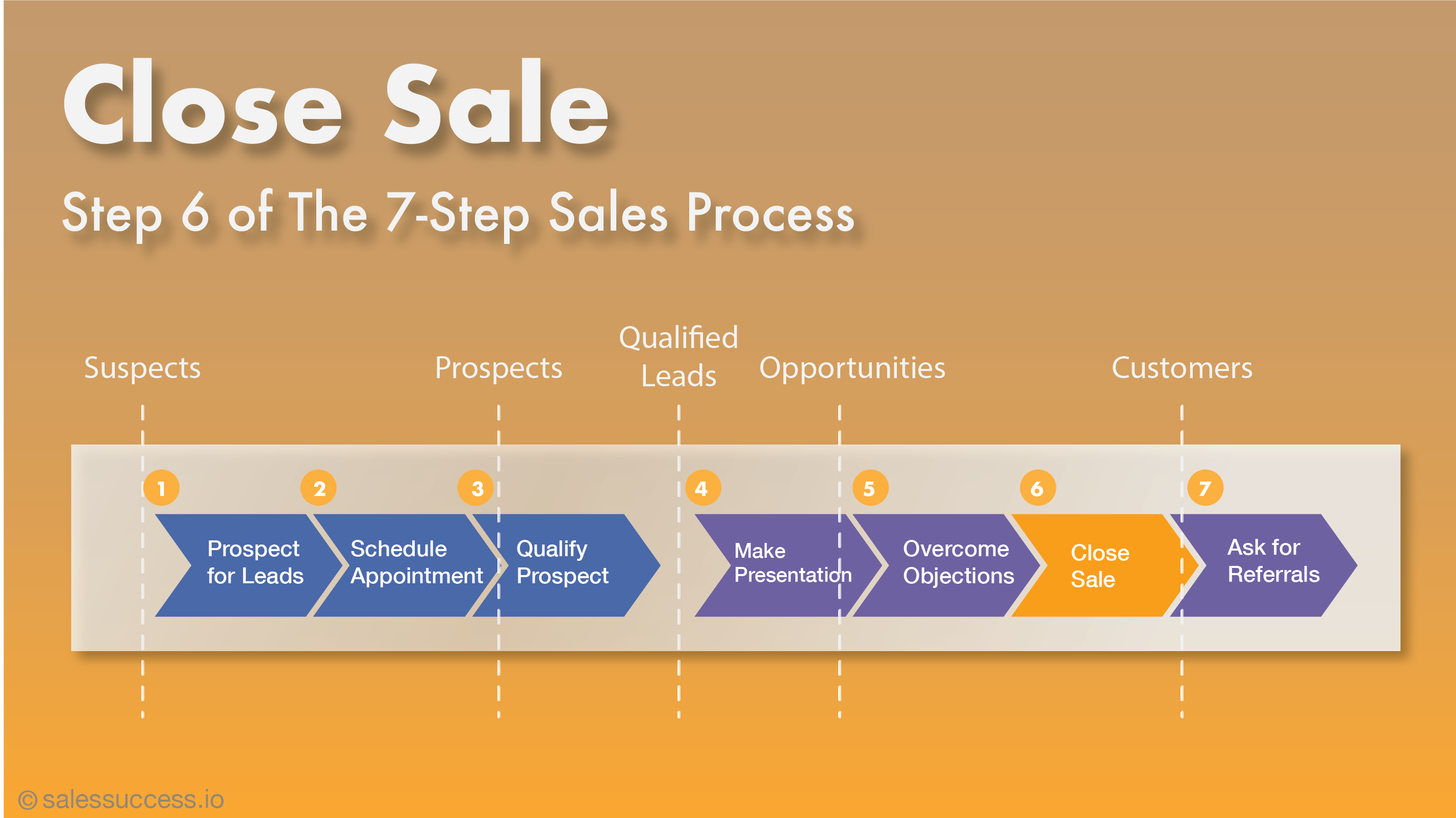Huawei's AI Ambitions: A New Chip To Take On Nvidia

Table of Contents
Huawei's Ascend AI Processor Series: A Deep Dive
Huawei's Ascend series represents a significant investment in AI hardware, encompassing a range of processors designed for diverse applications.
The Ascend 910: Powering Huawei's AI Infrastructure
The Ascend 910 is a high-performance AI accelerator designed for data centers and cloud computing environments. Its impressive specifications include:
- Exceptional Processing Power: Boasting a theoretical peak computing power of 256 TeraFLOPS (FP16), the Ascend 910 delivers unparalleled performance for large-scale AI training and inference tasks. Benchmarks have shown it to be highly competitive with top-tier Nvidia GPUs in specific workloads.
- Optimized for Efficiency: Despite its raw power, the Ascend 910 is engineered for energy efficiency, minimizing operational costs and reducing environmental impact. This makes it an attractive option for data centers seeking to balance performance with sustainability.
- Target Applications: The Ascend 910 finds its niche in powering large-scale AI models for applications such as image recognition, natural language processing, and recommendation systems in cloud-based services. It is also a key component in Huawei's own cloud infrastructure.
Key features positioning it against Nvidia include its specialized architecture for AI workloads and its competitive pricing strategy for specific applications. The use of high-performance computing principles ensures optimal utilization of its processing capabilities.
The Ascend 310: Edge AI Domination
In contrast to the Ascend 910, the Ascend 310 is designed for edge AI and Internet of Things (IoT) applications. Its strengths lie in:
- Low Power Consumption: Ideal for deployment in resource-constrained environments, the Ascend 310 boasts remarkably low power consumption, making it suitable for battery-powered devices.
- Compact Form Factor: Its small size allows for seamless integration into various edge devices, including smart cameras, robots, and autonomous vehicles.
- Diverse Edge AI Scenarios: The Ascend 310 excels in real-time AI processing at the edge, enabling applications such as:
- Real-time object detection in smart surveillance systems.
- On-device image analysis for improved user experience in mobile devices.
- Autonomous navigation and decision-making in robotics and autonomous vehicles.
This focus on low-power AI and embedded AI solidifies Huawei's position in the rapidly expanding edge computing market.
Beyond the Hardware: Huawei's AI Software Ecosystem
Huawei's AI ambitions extend beyond hardware. The company has developed a robust software ecosystem to support its Ascend AI processors. This includes:
- MindSpore: A comprehensive AI framework designed for ease of development, deployment, and optimization of AI models on Ascend processors.
- Developer Tools and Libraries: Huawei offers a suite of tools and libraries to simplify the development process and provide developers with the resources they need.
- Optimized Libraries: The software stack includes optimized libraries for various AI tasks, further enhancing the performance of Ascend processors.
This comprehensive AI software ecosystem is crucial for attracting developers and building a thriving community around Huawei's AI platform.
The Competitive Landscape: Huawei vs. Nvidia
Huawei's Ascend chips present a significant challenge to Nvidia's market leadership.
Market Share and Competitive Advantages
Comparing the Ascend series to Nvidia's offerings like the A100 and H100 reveals a competitive landscape:
- While Nvidia currently holds a larger market share, Huawei is aggressively pursuing a strategy of competitive pricing and performance in specific niche applications.
- The Ascend chips show strong performance in certain benchmarks, particularly those tailored to their specific architecture.
- Huawei's strategy focuses on offering strong price-performance advantages in certain segments of the market.
This competitive analysis highlights the potential for Huawei to disrupt the established order.
Geopolitical Implications and Market Access
The geopolitical landscape significantly influences Huawei's AI ambitions. Trade restrictions and sanctions present challenges to its global market access:
- These restrictions impact Huawei's ability to source components and sell its products in certain regions.
- Navigating these geopolitical complexities is crucial for Huawei's long-term success in the global AI market. This affects its global market access and supply chain.
Conclusion: Huawei's AI Ambitions: A Game Changer?
Huawei's investment in AI chip technology, particularly its Ascend series, represents a bold move to challenge Nvidia's dominance. The Ascend 910 and 310 offer compelling performance and efficiency for data center and edge applications, respectively. Coupled with a comprehensive software ecosystem, Huawei is building a strong foundation for its AI ambitions. While geopolitical factors present challenges, Huawei’s determination to compete in the AI chip market is undeniable. Stay informed about the latest developments in Huawei's AI ambitions and the evolution of the Ascend chip series. Learn more [link to Huawei's AI page].

Featured Posts
-
 Cleveland Indians Fan Removed After Targeting Jarren Duran Following Suicide Revelation
Apr 29, 2025
Cleveland Indians Fan Removed After Targeting Jarren Duran Following Suicide Revelation
Apr 29, 2025 -
 Goldman Sachs Offers Exclusive Guidance On Tariffs A Country By Country Analysis
Apr 29, 2025
Goldman Sachs Offers Exclusive Guidance On Tariffs A Country By Country Analysis
Apr 29, 2025 -
 Whats Working For Tylor Megill A Deep Dive Into His Mets Performance
Apr 29, 2025
Whats Working For Tylor Megill A Deep Dive Into His Mets Performance
Apr 29, 2025 -
 Hollywood Production At Standstill Joint Strike By Actors And Writers
Apr 29, 2025
Hollywood Production At Standstill Joint Strike By Actors And Writers
Apr 29, 2025 -
 Harvard Faces Trump Administration In Court Over Funding Cuts
Apr 29, 2025
Harvard Faces Trump Administration In Court Over Funding Cuts
Apr 29, 2025
Latest Posts
-
 Broadcoms Proposed V Mware Price Hike A 1 050 Increase For At And T
Apr 29, 2025
Broadcoms Proposed V Mware Price Hike A 1 050 Increase For At And T
Apr 29, 2025 -
 Hudsons Bay Liquidation Sale Final Markdowns Up To 70
Apr 29, 2025
Hudsons Bay Liquidation Sale Final Markdowns Up To 70
Apr 29, 2025 -
 Hudsons Bay Closing Sales Up To 70 Off At Remaining Stores
Apr 29, 2025
Hudsons Bay Closing Sales Up To 70 Off At Remaining Stores
Apr 29, 2025 -
 Yukon Mine Manager Faces Contempt Charges After Refusal To Testify
Apr 29, 2025
Yukon Mine Manager Faces Contempt Charges After Refusal To Testify
Apr 29, 2025 -
 Yukon Politicians Cite Contempt Over Mine Managers Evasive Answers
Apr 29, 2025
Yukon Politicians Cite Contempt Over Mine Managers Evasive Answers
Apr 29, 2025
